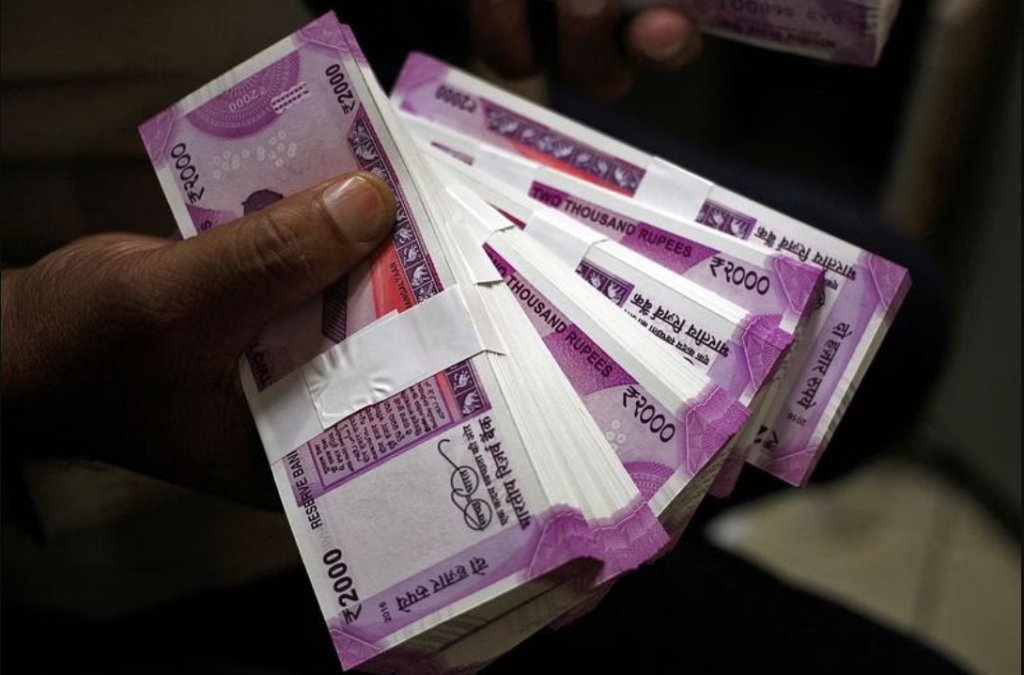Economists claim that as a result of the Reserve Bank of India’s constant involvement, India’s foreign exchange reserves have reached a comfortable level. In the week ending April 28, the nation’s foreign exchange reserves rose to a 10-month high of $588.8 billion, showing a remarkable improvement from a decline to $524.5 billion in October 2022 when the rupee touched a record low versus the US dollar.
Utilizing the strengthening of the currency, the RBI has been restocking its reserves since October. According to its records, the central bank purchased more than $8 billion in spot market transactions in November and December 2022. The RBI has also been buying dollars in the forward market; in February 2023, the latest month for which data is available, it had increased its net outstanding future dollar purchases from $241 million in October 2022 to $20.4 billion.
Since October, economists have noticed a dramatic improvement in reserve comfort. ” As per Gaura Sen Gupta, a financial specialist at IDFC First Bank, saves (counting spot and advances) can at present cover imports for 10.4 months, up from 8.9% in October 2022. Furthermore, according to economist Vivek Kumar of Quantico Research, the RBI would keep utilizing the chance to increase reserves to strengthen its import cover.

image source:https://static.theprint.in/wp-content/uploads/2023/05/Indias_924.jpg?compress=true&quality=80&w=800&dpr=1.5
The rupee’s reaction to the drop in the value of the dollar has been subdued as a result of RBI intervention in the spot and futures markets. The rupee has only recovered about 1.5% from its record low, while the dollar index has lost about 11.5% since its top in September 2022. Additionally, the RBI wants the rupee “to remain ranged,” so the local currency may continue to underperform slightly, according to Sakshi Gupta, principal economist at HDFC Bank.
In addition to the RBI’s action, the fall in U.S. yields and the decline in the dollar index have made a major contribution to the rise in forex reserves as a result of revaluation changes. Less volatility is anticipated around revaluation movements due to the Federal Reserve’s anticipated pause in its rate-hike cycle and the U.S. dollar’s weak outlook, according to IDFC’s Gaura. This adds another level of assurance about the sufficiency of foreign exchange reserves.
India’s external sector resilience has strengthened as a result of the RBI’s involvement in the FX market and the accompanying growth in reserves. Currently, the reserves are enough to fund imports for more than ten months, acting as a sizable cushion against any unforeseen external shocks. The central bank also took advantage of the chance to replenish its reserves, which should aid it in efficiently handling any upcoming currency problems.
Overall, the RBI’s actions have aided India in accumulating a sizeable reserve of foreign currency, which should assist the nation withstand any upcoming shocks from the outside world. The import cover of the nation has now reached a reasonable level, giving the central bank additional flexibility in the foreign exchange market. The FX reserves are anticipated to be at a comfortable level for the foreseeable future as the RBI is likely to keep exploiting the reserve buildup opportunity to strengthen its import cover.











